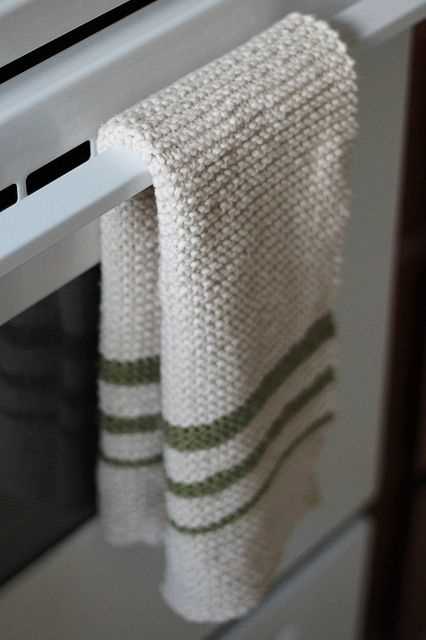
If you’re looking for a fun and practical knitting project, look no further than a knitted hand towel pattern. Hand towels are a great addition to any kitchen or bathroom, and knitting your own allows you to customize the design and colors to match your personal style.
Knitting a hand towel is a relatively quick and easy project, making it great for both beginner and experienced knitters. Plus, the finished product is not only beautiful, but also functional – perfect for drying your hands or wiping up spills.
There are many different knitted hand towel patterns available, ranging from simple garter stitch designs to more complex lace patterns. Whether you prefer a classic, timeless look or a modern, trendy design, you’re sure to find a pattern that suits your taste. So grab your knitting needles and get ready to create your very own knitted hand towel!
Knitted Hand Towel Pattern
A knitted hand towel is a practical and versatile accessory that can be used in the kitchen, bathroom, or even as a decorative piece. Knitting your own hand towel allows you to customize the pattern, color, and texture to match your personal style and home decor.
To start knitting a hand towel, you will need a set of knitting needles, yarn, and a basic knowledge of knitting stitches. There are many different patterns you can choose from, ranging from simple garter stitch designs to more intricate lace or cable patterns. One popular pattern is the seed stitch, which creates a textured fabric that is both soft and absorbent.
Materials:
- Knitting needles (size US 7 or 8)
- Cotton yarn (worsted weight)
- Tapestry needle
- Scissors
Instructions:
- Start by casting on 40 stitches using your chosen yarn and needles.
- Knit every row in seed stitch pattern, which is alternating between knit and purl stitches. This will create a textured fabric.
- Continue knitting until your towel reaches the desired length, usually around 15-20 inches.
- Bind off your stitches and cut the yarn, leaving a long tail.
- Weave in any loose ends using a tapestry needle.
Once your hand towel is complete, you can add a decorative border by picking up stitches along the edges and knitting a few rows in a contrasting color or stitch pattern. You can also personalize your towel by adding an embroidered monogram or design.
A knitted hand towel not only serves a practical purpose but also makes a thoughtful handmade gift for friends and family. Whether you are a beginner or an experienced knitter, this pattern is a great project to practice your knitting skills and create something useful and beautiful.
Benefits of Knitted Hand Towels
Knitted hand towels are a versatile and practical addition to any home. With their unique texture and absorbent properties, they offer several benefits that make them a popular choice for many people.
1. Softness and Comfort: Knitted hand towels are made from soft and gentle yarn, which makes them incredibly soft to touch. This provides a luxurious and comfortable experience when drying hands, face, or body.
2. Absorbency: The texture of knitted hand towels allows them to absorb water efficiently. They have a higher absorbency rate compared to conventional towels, making them an excellent option for quickly drying off after washing hands or for use in the kitchen.
3. Durability: Knitted hand towels are known for their durability. The tight knit design and quality of the yarn ensure that they can withstand repeated use and washing without losing their shape or becoming worn out. This means that they will last for a long time, saving you money in the long run.
4. Eco-friendly: Knitted hand towels are a more sustainable option compared to disposable paper towels. By using reusable knitted towels, you can significantly reduce your household waste and contribute to a greener environment.
5. Versatility: Knitted hand towels are not only limited to drying hands. They can be used in various ways, such as a washcloth, dishcloth, or even as a decorative element in your home. Their versatility makes them a practical and multi-functional choice.
Overall, the benefits of knitted hand towels make them an excellent addition to any home. With their softness, absorbency, durability, eco-friendliness, and versatility, they offer a practical and sustainable solution for everyday use.
Choosing the Right Yarn and Needles
When it comes to knitting a hand towel, choosing the right yarn and needles is essential to achieve the desired result. The type of yarn you select will determine the texture, absorbency, and durability of the towel. Additionally, the size and material of the needles will impact the overall appearance and ease of knitting.
Yarn: For a hand towel, it is recommended to use a yarn that is absorbent and easy to care for. Cotton yarn is a popular choice due to its excellent absorbency and durability. Look for cotton yarns that are specifically labeled as suitable for kitchen or bath items. Additionally, consider the weight or thickness of the yarn. A medium weight yarn, such as a DK or worsted weight, is generally a good choice for a hand towel as it provides a balance between absorbency and knitability.
Choosing the Right Yarn
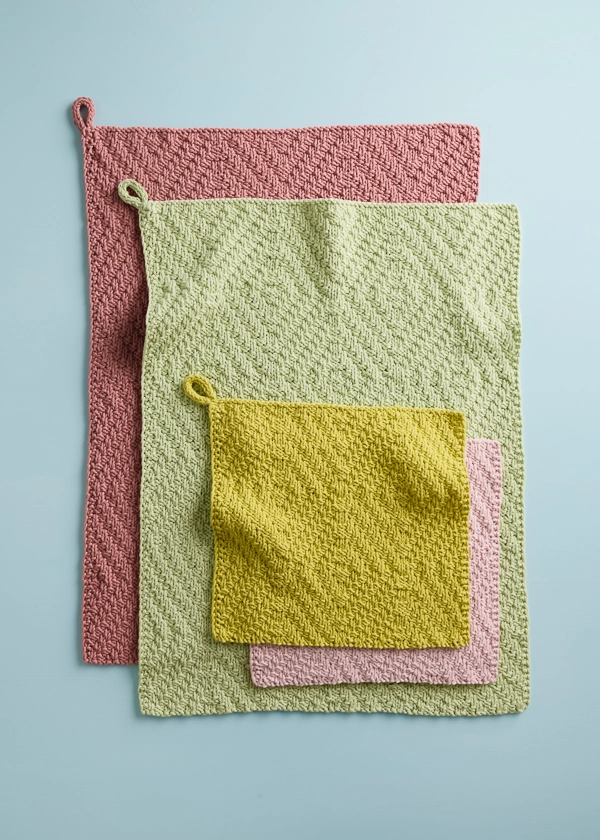
- Look for cotton yarn specifically labeled for kitchen or bath items.
- Consider the weight or thickness of the yarn, such as DK or worsted weight.
- Ensure the yarn is absorbent and easy to care for.
Needles: The size and material of the needles will also impact the outcome of your hand towel. Generally, a size US 6 or 7 (4.0 – 4.5 mm) knitting needle is suitable for medium weight cotton yarn. However, it is important to check the recommended needle size on the yarn label. Bamboo or wooden needles are a popular choice as they provide a good grip and are gentle on the hands. Avoid using metal needles as they may cause the yarn to slide too easily, making it harder to control the tension and stitches.
Choosing the Right Needles
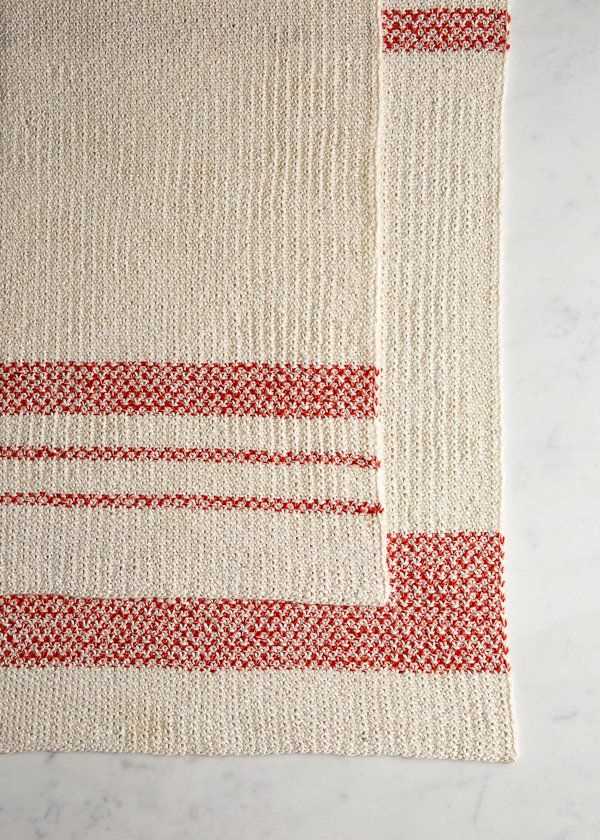
- Use size US 6 or 7 (4.0 – 4.5 mm) knitting needles for medium weight cotton yarn.
- Consider bamboo or wooden needles for a good grip and comfort.
- Avoid metal needles as they may cause the yarn to slide too easily.
By carefully selecting the right yarn and needles for your knitted hand towel, you can ensure that the finished product is both functional and visually pleasing. Experiment with different yarn materials and needle sizes to find the combination that works best for you.
Basic Knitting Stitches for the Hand Towel
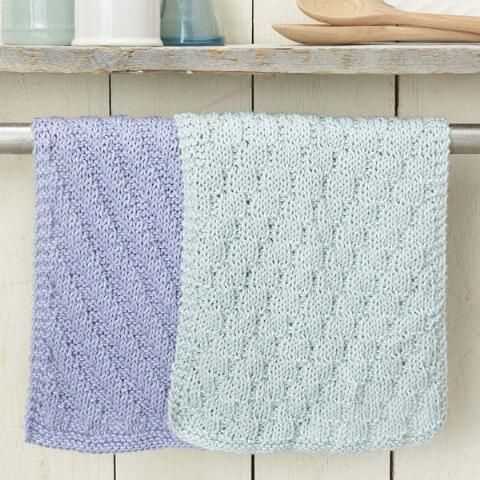
When knitting a hand towel, it’s important to have a good grasp of some basic knitting stitches. These stitches will form the foundation of your project and allow you to create a beautiful and functional hand towel. Here are a few essential stitches to consider:
Garter Stitch
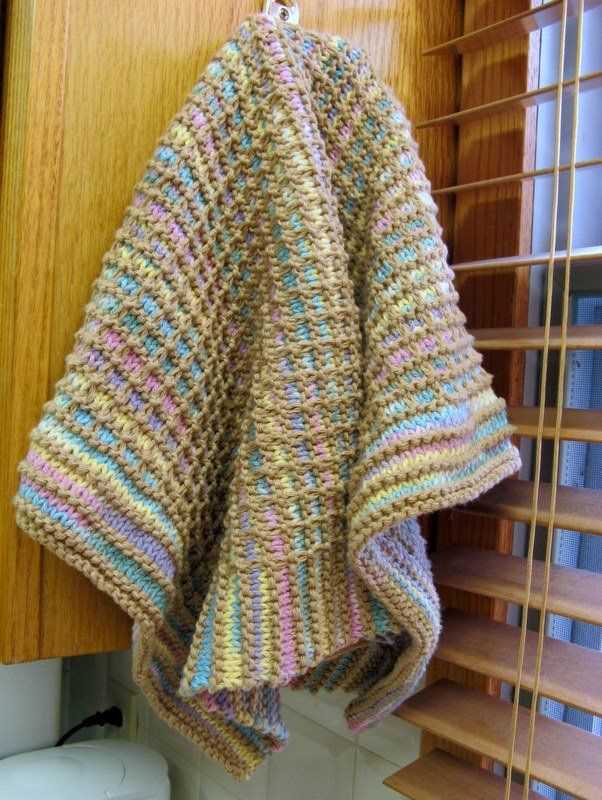
The garter stitch is the most basic stitch in knitting and is perfect for creating a textured and reversible fabric. To create the garter stitch, simply knit every stitch on every row. This creates a series of ridges that give the fabric its texture. The garter stitch is a great choice for a hand towel because it is sturdy and absorbent.
Stockinette Stitch
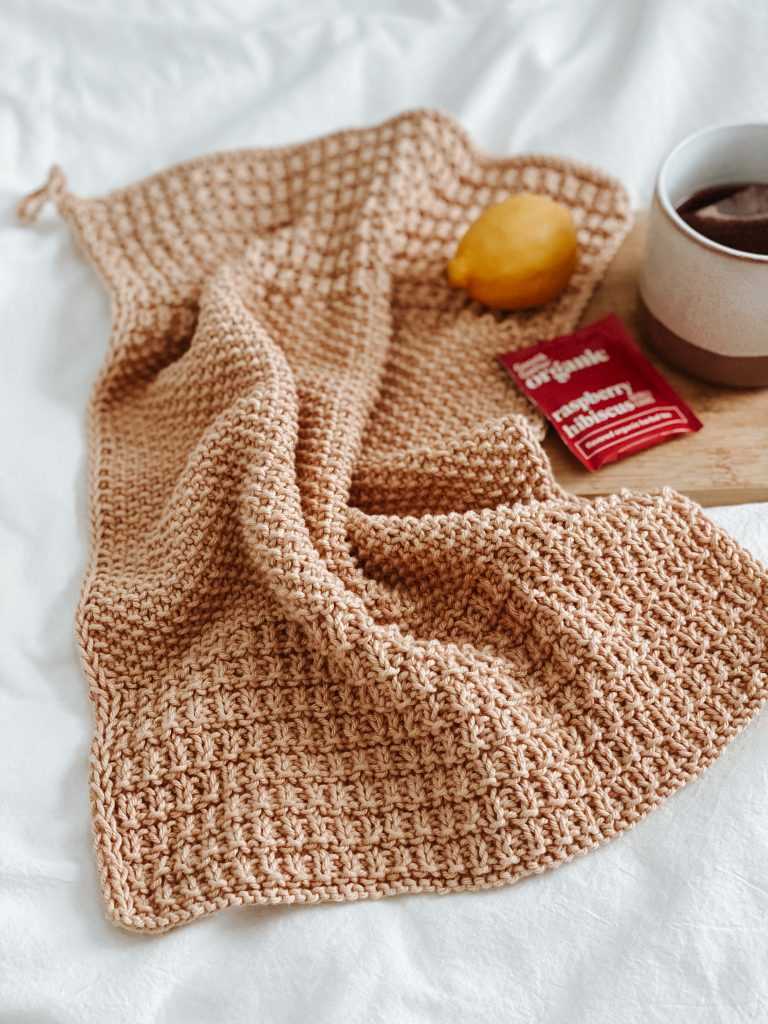
The stockinette stitch is another essential stitch in knitting. It creates a smooth, flat fabric with a distinct “V” pattern on one side and horizontal bars on the other. To create the stockinette stitch, you alternate between knitting one row and purling the next row. This stitch is great for creating a smooth and soft hand towel.
Seed Stitch
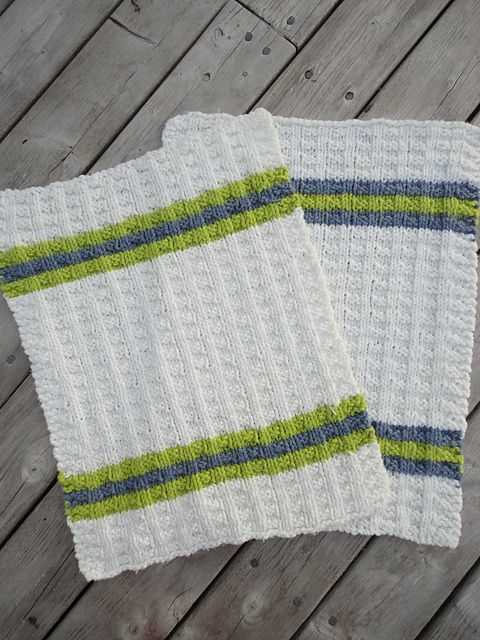
The seed stitch is a simple and versatile stitch pattern that creates a textured fabric. It is created by alternating between knit and purl stitches within a row, and then switching the pattern in the next row. This stitch creates a bumpy texture that is great for adding some visual interest to your hand towel.
These are just a few of the basic knitting stitches that can be used to create a hand towel. By practicing these stitches and experimenting with different patterns, you can create a unique and beautiful hand towel that is both functional and stylish.
Cast On and Knit the First Rows
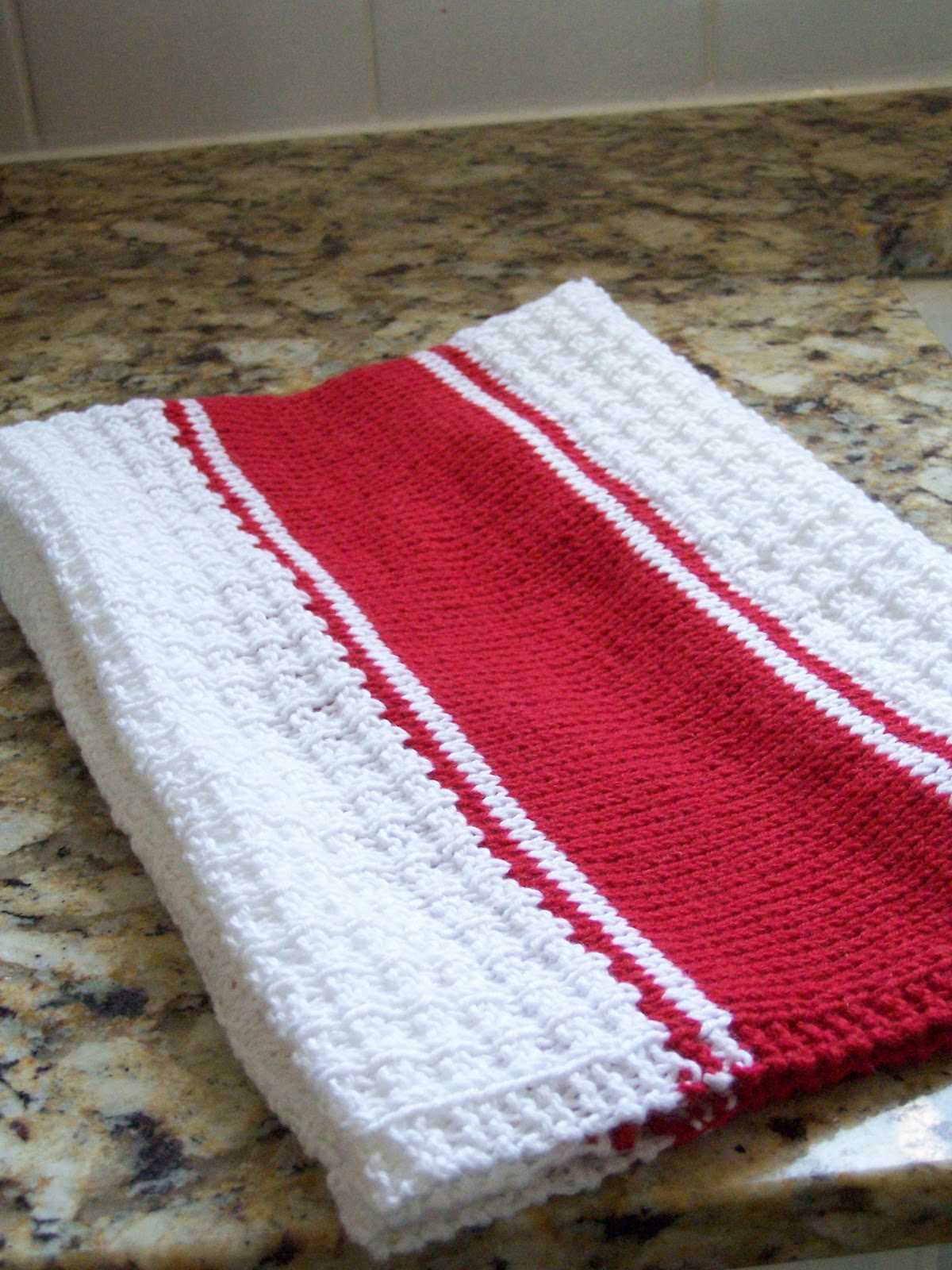
When starting a knitting project, the first step is to cast on your stitches. The cast on method you choose will depend on the pattern and your personal preference. One popular method is the long tail cast on, which creates a neat and elastic edge. To cast on using the long tail method, you will need to estimate the amount of yarn you need for your desired number of stitches and leave a long enough tail to work with.
Once you have cast on your stitches, you can begin knitting the first rows. In most patterns, the first few rows are often worked in a specific stitch pattern to create the desired texture or design. The instructions will usually indicate which stitch to use and how many rows to work.
For this knitted hand towel pattern, the first rows are worked in a simple garter stitch pattern. This means that you will knit every stitch in every row.
Start by knitting the first row: insert the right-hand needle into the first stitch on the left-hand needle, from left to right, and wrap the yarn around the right-hand needle. Pull the right-hand needle through the stitch, sliding the old stitch off the left-hand needle. Continue knitting every stitch in this manner until you reach the end of the row.
To work the second and subsequent rows, simply turn your work and knit every stitch again. Repeat this process for the specified number of rows, following the pattern instructions. Remember to count your stitches periodically to make sure you haven’t accidentally added or dropped any stitches.
Knitting the first rows is an important foundation for your project. It sets the tone for the entire piece and establishes the stitch pattern. Take your time and focus on creating neat and even stitches to ensure a beautiful end result.
Adding a Decorative Border
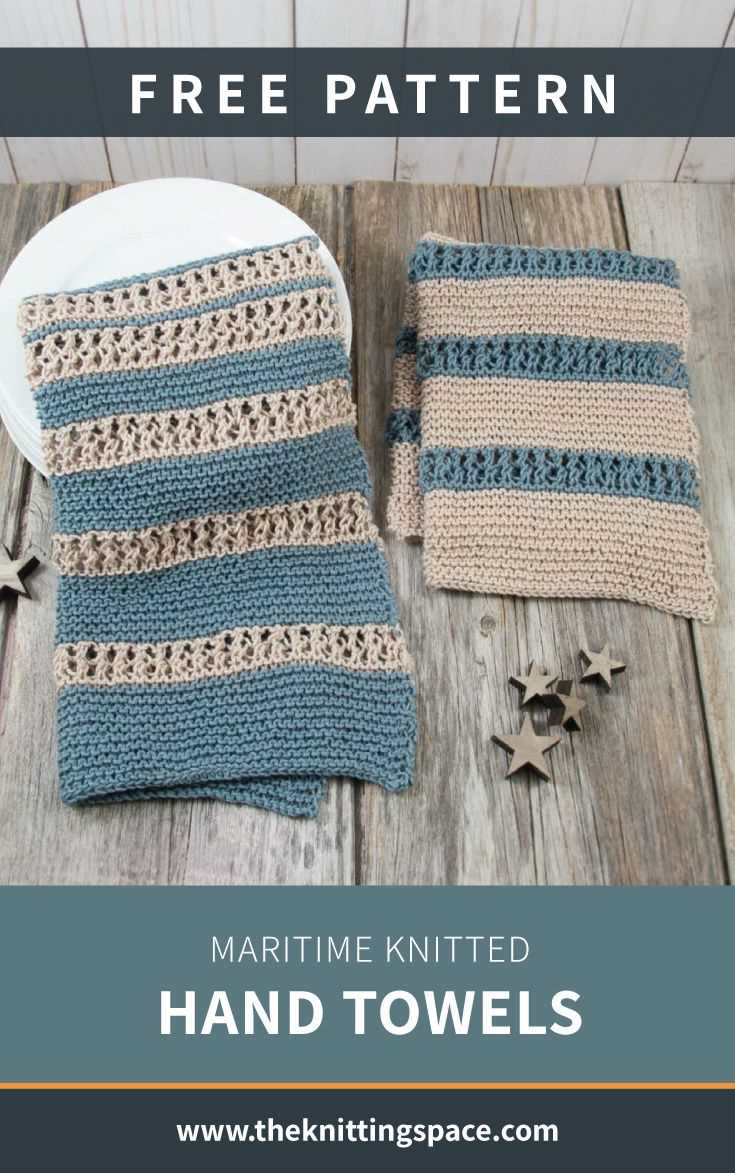
When knitting a hand towel, adding a decorative border can enhance the overall look and make it more visually appealing. There are several options for creating a border, depending on the style and design you prefer.
If you want a simple yet elegant border, you can opt for a garter stitch border. To do this, knit several rows in garter stitch at the beginning and end of your towel. The garter stitch, which consists of knitting every row, creates a textured and sturdy border that adds a touch of sophistication to your hand towel.
If you prefer a more intricate design, you can consider adding a lace border. Lace patterns are commonly used to create delicate and decorative edges. There are numerous lace patterns available, ranging from simple to complex. You can choose a pattern that complements the overall design of your hand towel and adds a feminine and delicate touch.
If you want to add some color to your hand towel, you can incorporate a striped border. You can use different-colored yarns to create stripes that go around the edges of your towel. This can create a playful and vibrant look, especially if you choose contrasting colors. You can experiment with different stripe widths and color combinations to achieve the desired effect.
No matter which type of decorative border you choose, it is essential to properly finish it off. You can do this by binding off your stitches neatly and weaving in any loose ends. This will ensure that your hand towel has a polished and professional look.
Overall, adding a decorative border to your knitted hand towel can elevate its appearance and make it a standout piece. Whether you opt for a simple garter stitch border, a delicate lace border, or a colorful striped border, each option has its own charm and can enhance the overall aesthetic of your towel. Get creative and have fun experimenting with different designs and techniques to create a unique and beautiful border for your hand towel.
Creating a Textured Pattern
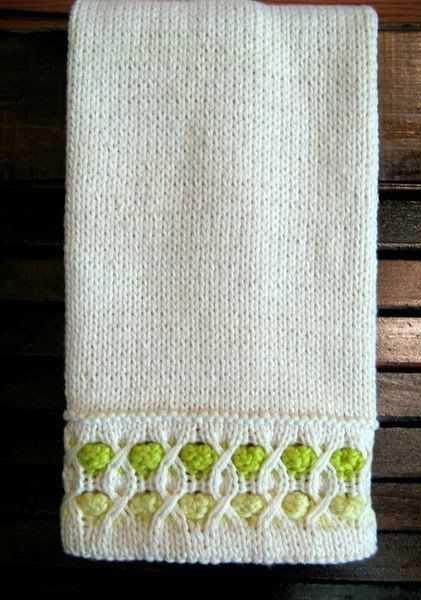
When creating a textured pattern for a knitted hand towel, there are several techniques that can be used to add depth and visual interest to the finished product. One popular technique is using different knitting stitches to create various textures within the pattern. This can be achieved by alternating between basic knit stitches and purl stitches, or by incorporating more complex stitches such as cables or bobbles.
Another way to create texture is by using different yarn weights or types. Thicker yarns can create a chunkier, more pronounced texture, while finer yarns can create a more subtle texture. Mixing yarn types, such as using a blend of wool and silk, can also add an interesting texture to the pattern.
Adding additional elements such as lace or colorwork can also enhance the textured pattern. Lace stitches, such as yarn overs and knit two togethers, can create an airy and delicate texture. Colorwork techniques, such as stranded knitting or intarsia, can add pops of color and intricate detail to the pattern.
When designing a textured pattern, it’s important to consider the overall aesthetic and functionality of the hand towel. The texture should enhance the towel’s usability, providing both visual interest and functionality. It’s also important to carefully choose the yarn and stitches to ensure that the pattern is both durable and easy to care for.
Overall, creating a textured pattern for a knitted hand towel allows for endless possibilities in design and creativity. By incorporating different knitting stitches, yarn weights/types, and additional elements such as lace or colorwork, you can create a unique and visually stunning hand towel that is as beautiful as it is functional.
Increasing and Decreasing Stitches
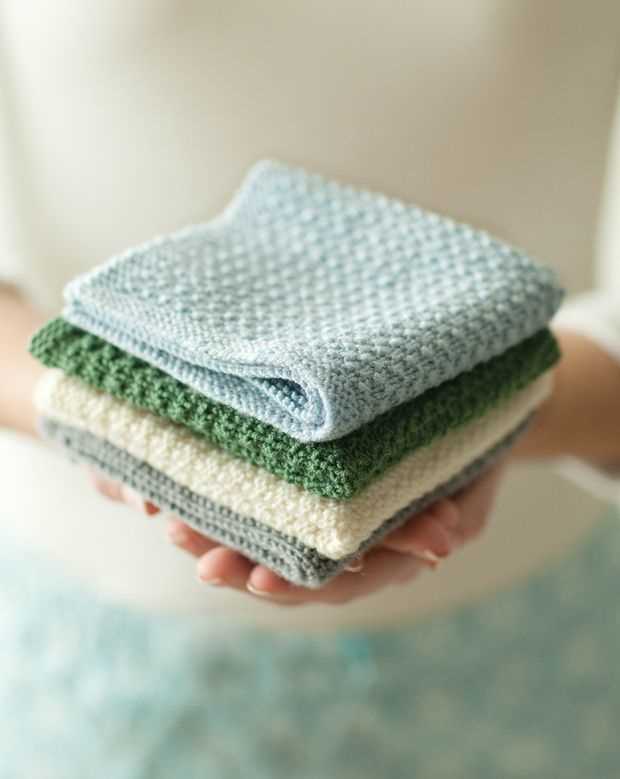
In knitting, increasing and decreasing stitches are essential techniques that allow you to shape your project and create various patterns. Whether you’re working on a knitted hand towel or any other project, understanding how to increase and decrease stitches is crucial.
Increasing stitches is the process of adding new stitches to your work, resulting in a wider or larger piece. There are different methods for increasing stitches, such as yarn over (YO), make one (M1), or knitting into the front and back of a stitch (KFB). Each method creates a different look and can be used depending on the desired effect.
Decreasing stitches, on the other hand, involves removing stitches from your work, resulting in a narrower or smaller piece. Similar to increasing stitches, there are various methods for decreasing stitches, including knit two together (K2tog), slip-slip-knit (SSK), or purl two together (P2tog). Each method creates a different decrease and is used to achieve specific shaping or pattern effects.
When following a knitted hand towel pattern, it is important to pay attention to the instructions for increasing and decreasing stitches. The pattern may specify a certain method or provide guidance on when and how to increase or decrease. By mastering these techniques, you’ll be able to create beautifully shaped and well-fitting knitted items.
Knitting a Hanging Loop
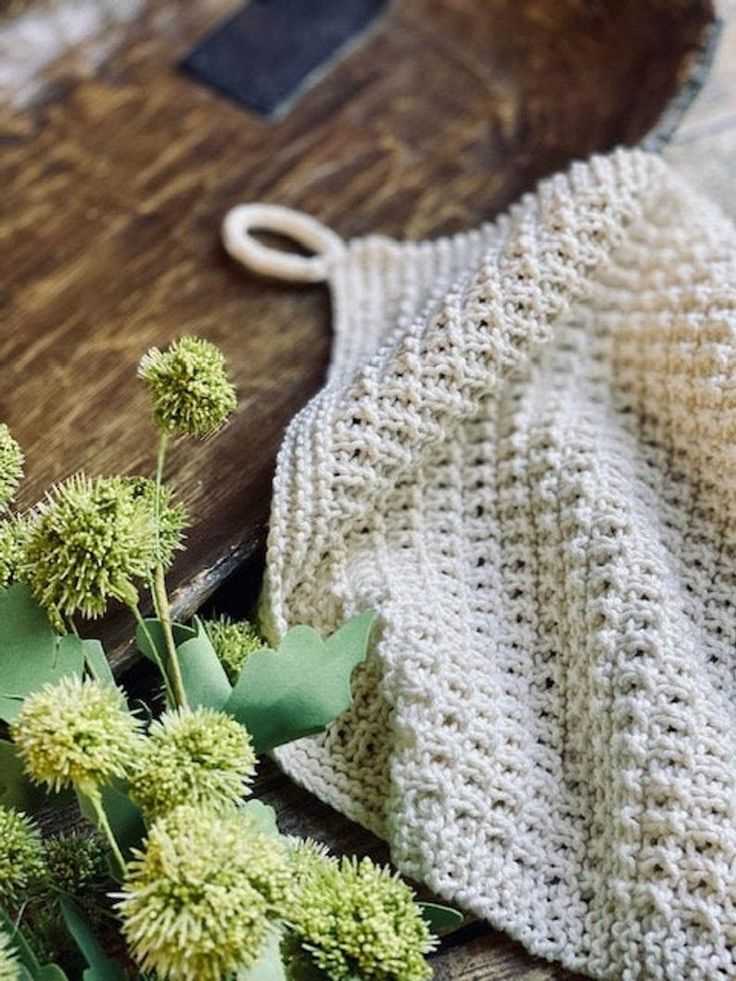
A hanging loop is a useful addition to a hand towel as it allows you to easily hang it up when not in use, keeping your towel within reach and making it more convenient to use. Knitting a hanging loop is a simple and quick project that can be done with basic knitting skills.
To create a hanging loop, you can use a contrasting color of yarn to make it stand out or match it to the color of your hand towel for a seamless look. You will need a pair of knitting needles and a small amount of yarn to complete this project.
Instructions:
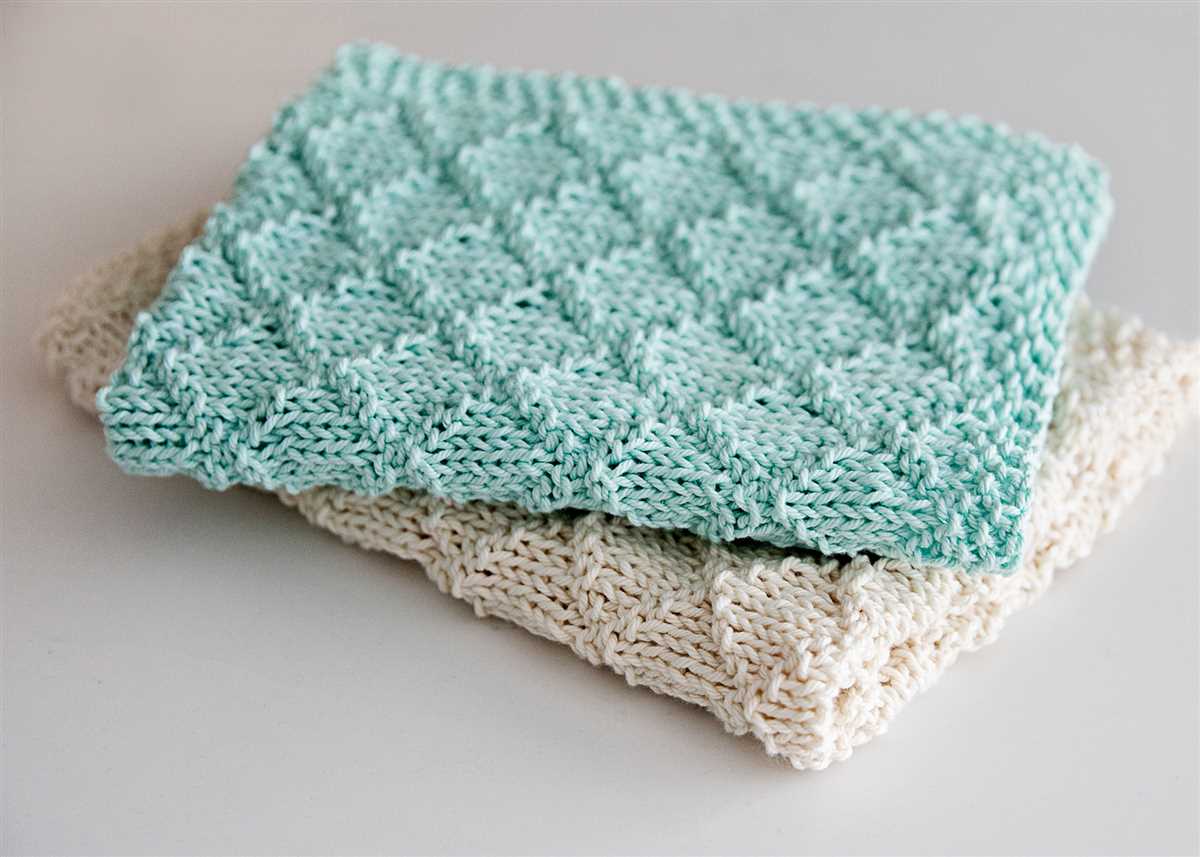
- Cast on a small number of stitches, around 10-15, depending on the desired length of your hanging loop.
- Knit every row in your chosen stitch pattern until the hanging loop reaches the desired length.
- Bind off the stitches, cutting the yarn and leaving a tail for sewing.
- Using a yarn needle, sew the ends of the hanging loop to the top edge of the hand towel, creating a secure loop. Make sure to leave enough space between the loop and the towel to allow for easy hanging.
And there you have it – a knitted hanging loop for your hand towel! This simple addition can make a big difference in the functionality and aesthetic of your towel. Now you can easily hang it up and keep it within reach whenever you need it.
Blocking and Finishing the Hand Towel
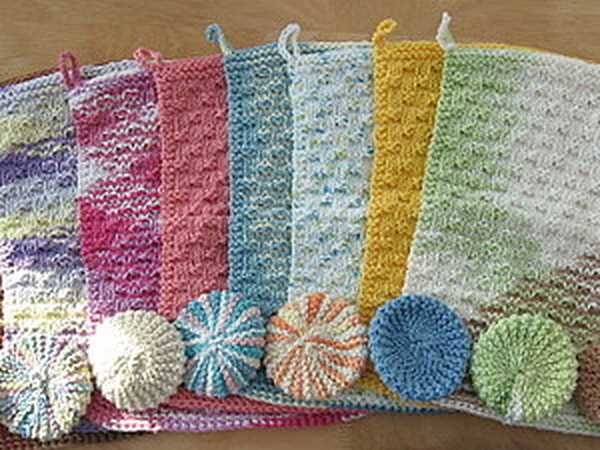
After knitting the hand towel using the chosen pattern, the next step is to block and finish it. Blocking is an important process in knitting as it helps to shape and size the finished piece. It involves stretching the knitted fabric to the desired measurements and then allowing it to dry in that shape.
To block the hand towel, start by soaking it in lukewarm water for about 15 minutes. Gently squeeze out the excess water and lay the towel flat on a clean, dry towel. Arrange the fabric to the desired dimensions, making sure to straighten any edges or corners. Use rust-proof pins to secure the towel in place, placing them along the edges and occasionally in the center to prevent any curling.
Once the hand towel is pinned into place, leave it to dry completely. This process can take several hours or even overnight, depending on the thickness of the yarn used. Avoid touching or moving the towel while it is drying to ensure it maintains its shape. Once dry, carefully remove the pins and admire the beautifully blocked hand towel.
After blocking, it’s time to finish the hand towel. This involves weaving in any loose ends or yarn tails to ensure a neat and tidy finish. Use a yarn needle to carefully sew in the loose ends along the edges of the towel, making sure to secure them tightly so they won’t come undone with use or washing.
Optionally, you can add a decorative border or edging to the hand towel to enhance its appearance. This can be done using a contrasting yarn color or a different stitch pattern. To add a border, simply pick up stitches along the edges of the towel and knit or crochet the desired pattern. Remember to block the towel again after adding the border to ensure it remains in shape.
- Soak the hand towel in lukewarm water for about 15 minutes.
- Gently squeeze out the excess water and lay the towel flat on a clean, dry towel.
- Arrange the fabric to the desired dimensions, making sure to straighten any edges or corners.
- Secure the towel in place using rust-proof pins.
- Leave the towel to dry completely without touching or moving it.
- Once dry, carefully remove the pins and admire the beautifully blocked hand towel.
- Weave in any loose ends or yarn tails to ensure a neat finish.
- Add a decorative border or edging to enhance the towel’s appearance.
- Block the towel again after adding the border.
Personalizing Your Hand Towel
When it comes to hand towels, adding a personal touch can make them not only functional but also a unique addition to your home decor. By customizing your hand towel with different colors, patterns, and designs, you can create a one-of-a-kind piece that reflects your personal style and adds a special touch to your bathroom or kitchen.
Choosing the right pattern: There are numerous patterns available for knitted hand towels, ranging from simple stitches to more intricate designs. Consider your skill level and the desired look you want to achieve. If you’re a beginner, opt for a basic pattern with easy stitches like garter stitch or seed stitch. For a more advanced knitter, you can explore more complex patterns with lace or cable stitches to create an eye-catching design.
Selecting the colors: The color palette you choose for your hand towel can help set the mood and complement your existing decor. Look for colors that resonate with your personal style and match the overall theme of your bathroom or kitchen. You can go for a monochromatic look with different shades of the same color or mix and match complementary colors for a vibrant and playful look.
Adding embellishments: To make your hand towel truly unique, consider adding embellishments such as buttons, ribbons, or embroidery. These small details can elevate the overall look of your towel and add a personalized touch. Embroidering initials, names, or small motifs can also make your hand towel a thoughtful gift for loved ones.
Caring for your personalized hand towel: Once you’ve finished knitting and customizing your hand towel, it’s important to know how to properly care for it. Check the yarn label for washing instructions, and choose a gentle cycle with mild detergent to avoid damaging the fibers. Air drying is often recommended to preserve the shape and color of the towel. Remember to store it in a dry place to prevent any mold or mildew formation.
By personalizing a knitted hand towel, you can create a functional and decorative item that adds character to your home. Whether you’re a seasoned knitter or just starting out, experimenting with different patterns, colors, and embellishments can result in a truly unique piece that reflects your style and makes a statement in your bathroom or kitchen.
Care Instructions for Knitted Hand Towels
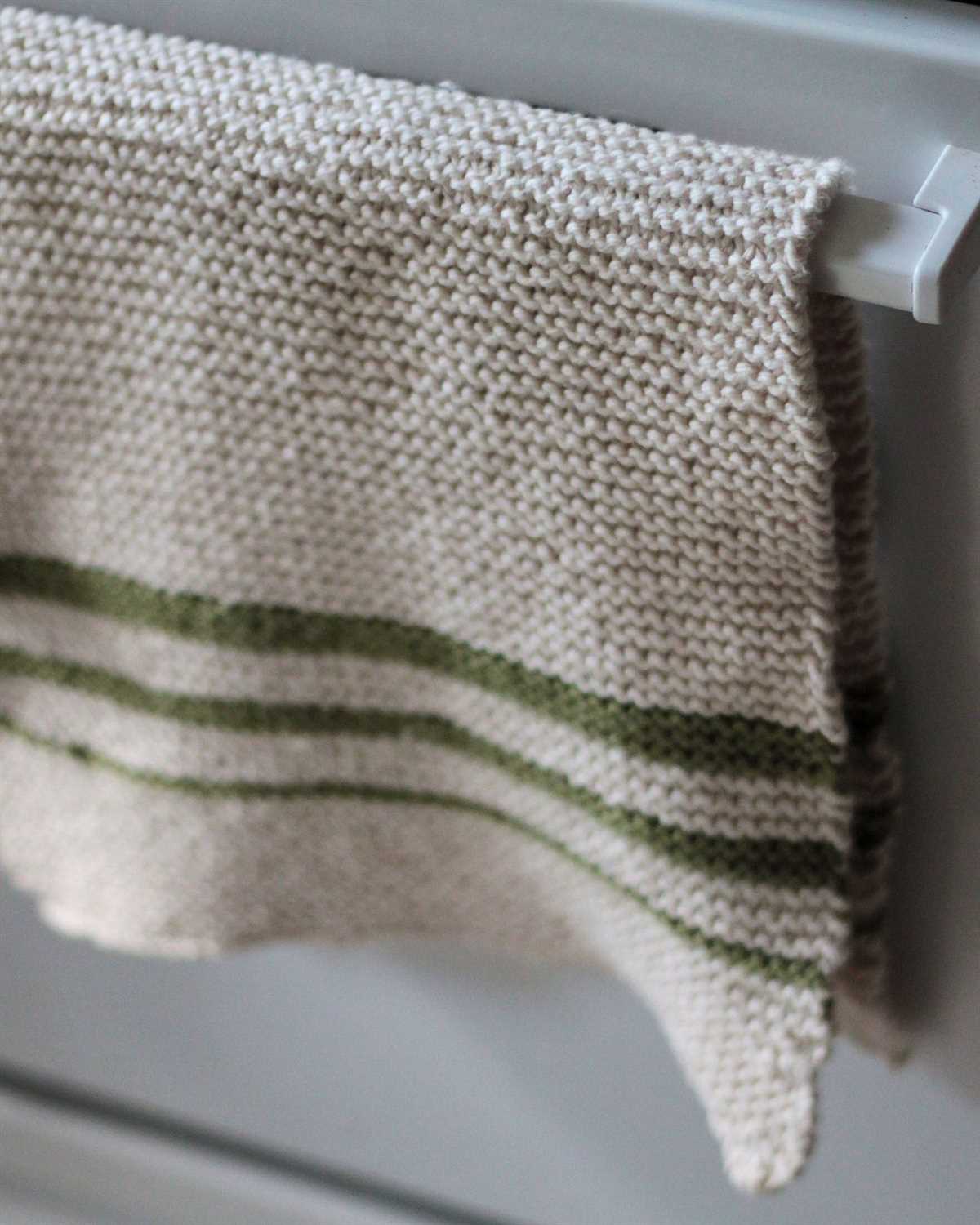
Knitted hand towels are not only beautiful but also functional. To keep them looking their best and ensure their longevity, it is important to follow proper care instructions.
Here are some tips for caring for your knitted hand towels:
- Washing: Hand wash your knitted hand towels in lukewarm water using a mild detergent. Gently squeeze out excess water, but do not wring or twist the fabric as it can stretch or distort the knitted stitches. Avoid using bleach or harsh chemicals.
- Drying: Lay your knitted hand towels flat on a clean, dry towel or on a drying rack to air dry. Do not hang them up to dry, as the weight of the water can stretch the fabric. Avoid using a dryer, as it can cause shrinkage or damage to the towel.
- Storing: When not in use, fold your knitted hand towels neatly and store them in a cool, dry place. Avoid placing heavy objects on top of them to prevent the stitches from getting crushed or distorted.
By following these care instructions, you can ensure that your knitted hand towels stay in great condition for a long time. With the proper care, they will continue to bring beauty and functionality to your home.